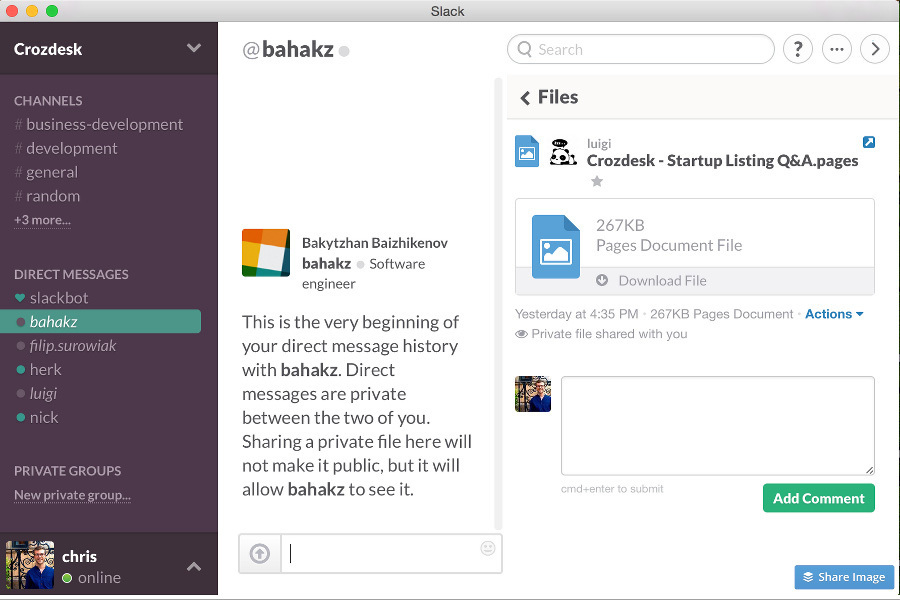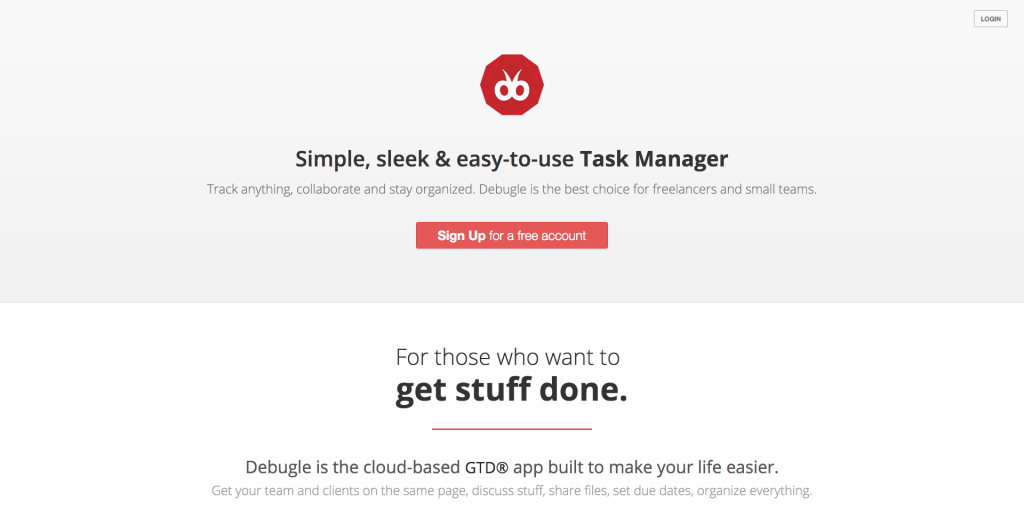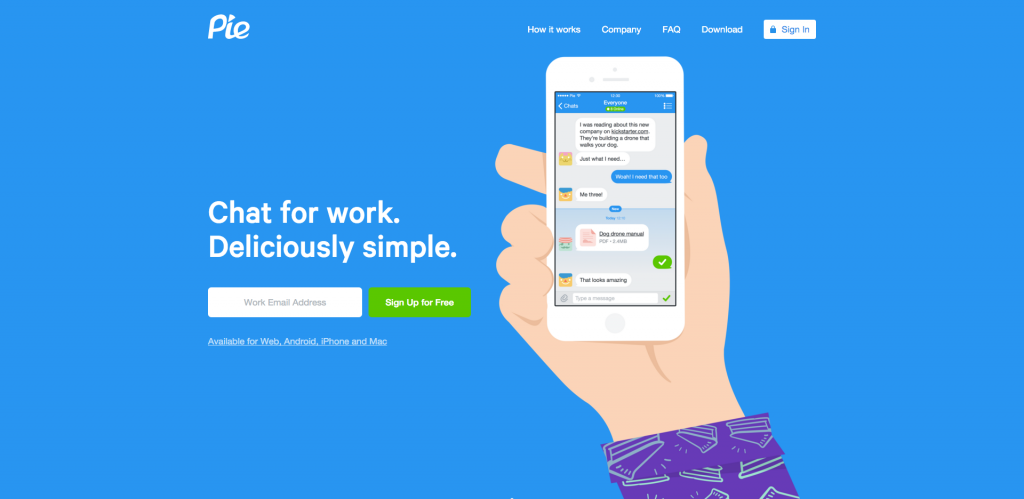Workspace Email Overload
Does your inbox suck up the most productive hours of your day? Do you feel like replying to emails is a constant battle you’re fighting? Fret not. We can show you how you can improve employee productivity and communication efficiency step-by-step by minimizing workspace email and adopting a SaaS tool for collaboration.
At Crozdesk, we incorporated the use of Slack that proved to be faster and more efficient than email for internal communication. The results were instant and we saw a dramatic increase in the time it took to achieve any given milestone while our employees also did not feel weighed down by excessive use of the inbox.
Most Businesses Send Too Many Internal Emails
A recent report by The Radicati Group revealed that between 2013 and 2014, daily business email traffic rose by 8% to 108.8 billion. We are sending more internal emails for business than ever before. It seems that our appetite for hitting send shows no signs of slowing down either. However, the report also notes that other forms of communication such as social networking and IM are increasing.
While there can be no doubt that the central role of workspace email in our daily lives is not going to change, an article on Forbes published almost a decade ago already suggested that businesses and their workers would be wise to think about attempting to reduce the volume of emails they send, stating that “E-mail overload is the leading cause of preventable productivity loss in organizations today.”
How We Reduced Our Workspace Email Output
As with many problems, there is no simple solution to the email overload problem. While emails are an essential part of daily life, in a business context, it is possible to reduce the number of emails we send. Our team at Crozdesk recognized this and decided to change the way we use email. The results were surprising. Here is how we did it:
Step 1: We analyzed the types of email we send regularly
The first step our team took in solving the email conundrum was to consider a number of internal emails we sent, in proportion to external emails. It goes without saying that external emails to clients and other stakeholders are essential and cannot easily be reduced. However, we found that as a team we were sending large amounts of internal emails which resulted in a large volume of internal traffic going back and forth between team members. Much of this workspace email traffic was between team members working in different office locations, however, some of it was between team members in the same office, while sitting next to each other!
Step 2: We asked ‘Do I really need to send this?’ every time
In the case of emails which were sent by colleagues sitting next to each other, we decided to ask the question: do we really need to send this email? As it turns out, it is often easier to simply speak to your colleague and ask them verbally instead of sending an ‘official’ email to push something off your desk. When we are committed to getting things done, we avoid ‘busywork’ and get to it right away. A simple change in our thought process had an instant impact on the volume of internal workspace emails being sent and received.
Step 3: We found alternative solutions for internal communication
There are situations where verbal communication is less than ideal, of course. Instances where employees are working in other offices or where, as it happens, we have documents, graphics or other files that need the attention of other team members while we speak to them. We decided to look for alternative solutions to help us communicate within our team, share documents and collaborate effectively. As a SaaS comparison platform, naturally, we found some solutions that are designed to solve the same issue of internal team communication we had.
Let’s take a quick look at some of these, shall we?
Slack

Slack is a real-time messaging, archive and conversation search tool. It makes working life more productive by removing the need for internal email or inefficient file sharing methods. As described in detail by Greg Digeno, Slack is great for remote teams as it can bring desktop and mobile messaging into one place — with seamless file sharing, conversation syncing, and notification options. It is simple and easy to use. Users can create different conversation groups with customizable privacy settings to ensure that the right people see them. Another great feature is the search tool function. Slack is optimized to ensure every discussion and document is archived, indexed, and available through Slack’s search bar. The powerful search and archiving features help users by never losing track of the conversations they need to remember.
Offering task management, team collaboration, project management and issue tracking functionalities, Debugle works best for small teams and freelancers. It has a slick easy-to-use interface that is free from clutter, meaning that even the least tech-savvy persons can use it – perfect for creative team members. It keeps tasks, conversations and project files in one place, securely stored and easily accessible from anywhere.
Pie
Pie goes way beyond chat with in-line gifs, pictures, videos, music, files, @mentions, link summaries, and lots of emojis. It has collaboration, brainstorming, file sharing, and mood boarding. All in one place. Pie re-envisioned search and it is quite fabulous to see how well it works. But it doesn’t stop there. The gallery feature is designed to let you fly through all your shared pictures, links, gifs, files, music, and videos. It’s fit for an increasingly visual world and makes storing files a breeze. Pie comes equipped with a fast file sharing experience which seems effortless whether you use DropBox, Google Drive, Box, or even iCloud.
HiveFlux
HiveFlux stresses on its ‘people focused’ approach to project management. It allows its users to share tasks that they’re working on in real-time so that everyone can see what other team members are doing. This helps teams improve their workload management and spend more time working rather than waiting. HiveFlux also offers a range of other features including: file management, conversation tools, a central calendar and time-tracking. Additionally, you can drag and drop files into HiveFlux to keep everything in one handy, easy-to-find place.
Reducing Workspace Email: Result
Following these steps and adopting SaaS alternatives to email, we dramatically increased the productivity and efficiency of our internal team communications. As a result, we more than halved the number of internal emails we were sending. Now we use collaborative team forums and instant messaging to communicate with one another instead. These alternatives are faster, more intuitive and simpler than using workspace email.
There are many more collaboration apps on Crozdesk that your team might want to consider. Remember to use the ‘compare’ feature for side-by-side comparisons, and pave the way for your business to be more productive.





One comment